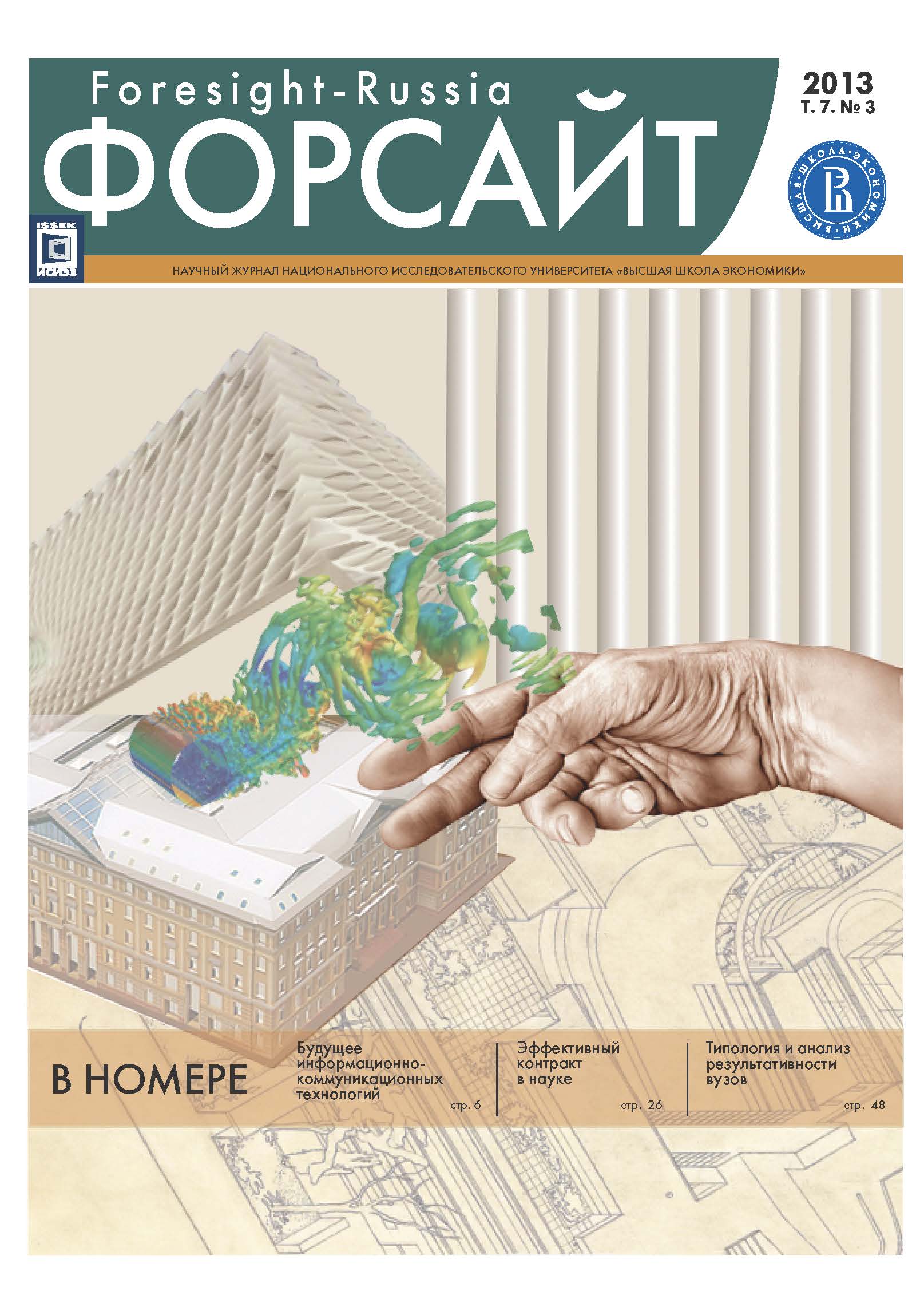Аннотация
Абанкина Ирина Всеволодовна — директор, Институт развития образования (ИРО) НИУ ВШЭ. Адрес: Национальный исследовательский университет «Высшая школа экономики», 101000, Москва, Мясницкая ул., 20. E-mail: abankinai@hse.ru
Алескеров Фуад Тагиевич — руководитель Департамента математики, факультет экономики, заведующий Международной научно-учебной лабораторией анализа и выбора решений НИУ ВШЭ. Адрес: Национальный исследовательский университет «Высшая школа экономики», 101000, Москва, Мясницкая ул., 20. E-mail: alesk@hse.ru
Белоусова Вероника Юрьевна — заведующий отделом методологии бюджетного планирования, Институт статистических исследований и экономики знаний (ИСИЭЗ) НИУ ВШЭ. Адрес: Национальный исследовательский университет «Высшая школа экономики», 101000, Москва, Мясницкая ул., 20. E-mail: vbelousova@hse.ru
Гохберг Леонид Маркович — директор, Институт статистических исследований и экономики знаний (ИСИЭЗ), первый проректор НИУ ВШЭ. Адрес: Национальный исследовательский университет «Высшая школа экономики», 101000, Москва, Мясницкая ул., 20. E-mail: lgokhberg@hse.ru
Зиньковский Кирилл Викторович — заместитель директора, Институт развития образования (ИРО) НИУ ВШЭ. Адрес: Национальный исследовательский университет «Высшая школа экономики», 101000, Москва, Мясницкая ул., 20. E-mail: kzinkovsky@hse.ru
Кисельгоф Софья Геннадьевна — преподаватель Департамента математики, факультет экономики НИУ ВШЭ. Адрес: Национальный исследовательский университет «Высшая школа экономики», 101000, Москва, Мясницкая ул., 20. E-mail: skiselgof@hse.ru
Швыдун Сергей Владимирович — стажер-исследователь, Международная научно-учебная лаборатория анализа и выбора решений НИУ ВШЭ. Адрес: Национальный исследовательский университет «Высшая школа экономики», 101000, Москва, Мясницкая ул., 20. E-mail: shvydun@hse.ru
На протяжении последних десятилетий, ввиду усиливающегося экономического давления и растущих ожиданий государства и общества, заметно меняется организационный ландшафт сферы высшего образования, а деятельность вузов становится все более диверсифицированной. Акценты их поддержки государством смещаются от обеспечения текущего функционирования в направлении оплаты конечного результата. Как следствие, возникают разнообразные стратегии адаптации и развития университетов в новых условиях. В связи с этим в некоторых странах предпринимаются попытки разработки и практической реализации различных типологий структурирования сети вузов во всем их многообразии, облегчающие формирование эффективных программ развития высшего образования. Авторы статьи предприняли попытку создать подобную типологию для российского контекста с учетом индикаторов научной и образовательной активности отечественных вузов. В работе анализируется международный опыт, обосновывается выбор показателей и математического инструментария для группирования университетов по общим признакам. Для построения типологии применялась их кластеризация по степени ресурсной обеспеченности и результативности исследовательской и образовательной деятельности. Созданная классификация не только дифференцирует высшие учебные заведения по типам, но и содержит дерево решений, позволяющее отнести их к той или иной категории. Она может служить основой для содержательного анализа разнородной совокупности российских вузов и выработки адресных мер политики, адаптированных к специфике каждой из выделенных групп.
